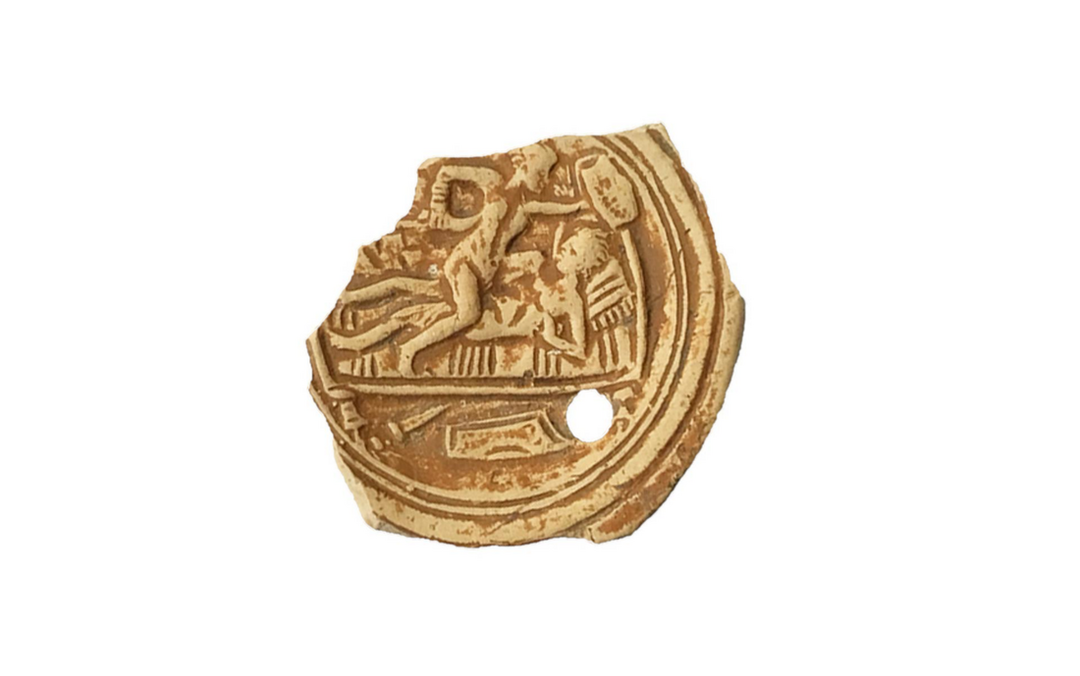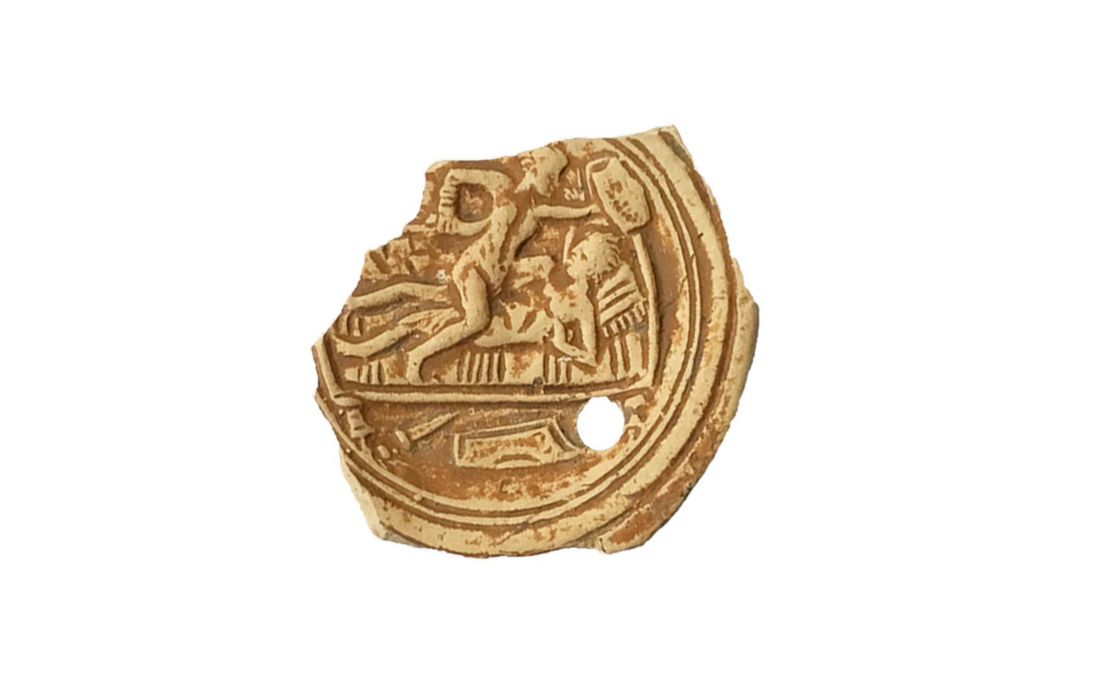Sexy Southwark Gladiators

A lot of Romans found gladiators to be really, really sexy. Other Romans could not wrap their heads around it. Take Juvenal's 6th Satire, a poem about rich ladies and their shocking and inappropriate boyfriends/side pieces. He talks about Eppia, a senator's wife. He says she ran away from her husband, home and children to follow a troupe of gladiators to Alexandria where she shacks up with a gladiator named Sergius. Juvenal doesn't get the appeal; Sergius has cauliflower ears, a bent nose, scars, missing teeth and an eye that constantly weeps a little. Sergius is a walking wreck as far as Juvenal is concerned, yet he says that because Sergius is a gladiator, he might as well be Hyacinthus in Eppia's eyes. Juvenal can't see the sex appeal, but a lot of women certainly could/can - in the darkest recesses of female sexuality, there is often a deep desire for a musclebound bad boy who, whilst perhaps not a witty raconteur, can nevertheless find plenty of things to keep a lady from getting bored. It's a satire, so Eppia is likely a fictional character Juvenal concocted to illustrate his concerns over who women were lusting over.
Sexy gladiators even pop up in the archaeological record. One of my favourite objects that illustrates the concept perfectly is actually from London. A terracotta lamp was found in Southwark, on the south bank of the river Thames. For centuries, Southwark had a (well deserved) reputation of being a bit seedy and sordid - you could get drunk, watch a cock fight or bear baiting, go to a Shakespeare play full of innuendoes, then catch venereal disease from a sex worker, all within a five minute walk. From the looks of it, this reputation is even older than we thought. Let's take a closer look...
There are two gladiators in the throes of a 'combat'. This one looks a little more fun than the traditional stabby variety, certainly from a participatory perspective. The arena is swapped for the bedroom. The gladiator on top is a woman, and she has the smaller shield and curved blade (sica) of a thraex. She's clearly in a dominant position, and has her opponent right where she wants him. She's in control and looks really happy about it. Her opponent, on the other hand, is pinned down and prone on the bed, with minimal options for retaliatory manouevres. He's dropped his weapon and shield on the bedroom floor - the straight blade of the gladius and the large, rectangular scutum shield lines up with him being a murmillo, the typical opponent of the thraex.
So who is winning? At first glance, the thraex clearly has the upper hand in this bout. At the same time, the Romans weren't the first or last people to spot the psychological paralell between sword and phallus, and this murmillo seems to have penetrated his opponent with his secondary weapon. She seems quite pleased about this, so perhaps we can call it a tie?
Sexy gladiators even pop up in the archaeological record. One of my favourite objects that illustrates the concept perfectly is actually from London. A terracotta lamp was found in Southwark, on the south bank of the river Thames. For centuries, Southwark had a (well deserved) reputation of being a bit seedy and sordid - you could get drunk, watch a cock fight or bear baiting, go to a Shakespeare play full of innuendoes, then catch venereal disease from a sex worker, all within a five minute walk. From the looks of it, this reputation is even older than we thought. Let's take a closer look...
There are two gladiators in the throes of a 'combat'. This one looks a little more fun than the traditional stabby variety, certainly from a participatory perspective. The arena is swapped for the bedroom. The gladiator on top is a woman, and she has the smaller shield and curved blade (sica) of a thraex. She's clearly in a dominant position, and has her opponent right where she wants him. She's in control and looks really happy about it. Her opponent, on the other hand, is pinned down and prone on the bed, with minimal options for retaliatory manouevres. He's dropped his weapon and shield on the bedroom floor - the straight blade of the gladius and the large, rectangular scutum shield lines up with him being a murmillo, the typical opponent of the thraex.
So who is winning? At first glance, the thraex clearly has the upper hand in this bout. At the same time, the Romans weren't the first or last people to spot the psychological paralell between sword and phallus, and this murmillo seems to have penetrated his opponent with his secondary weapon. She seems quite pleased about this, so perhaps we can call it a tie?
0 Comments

